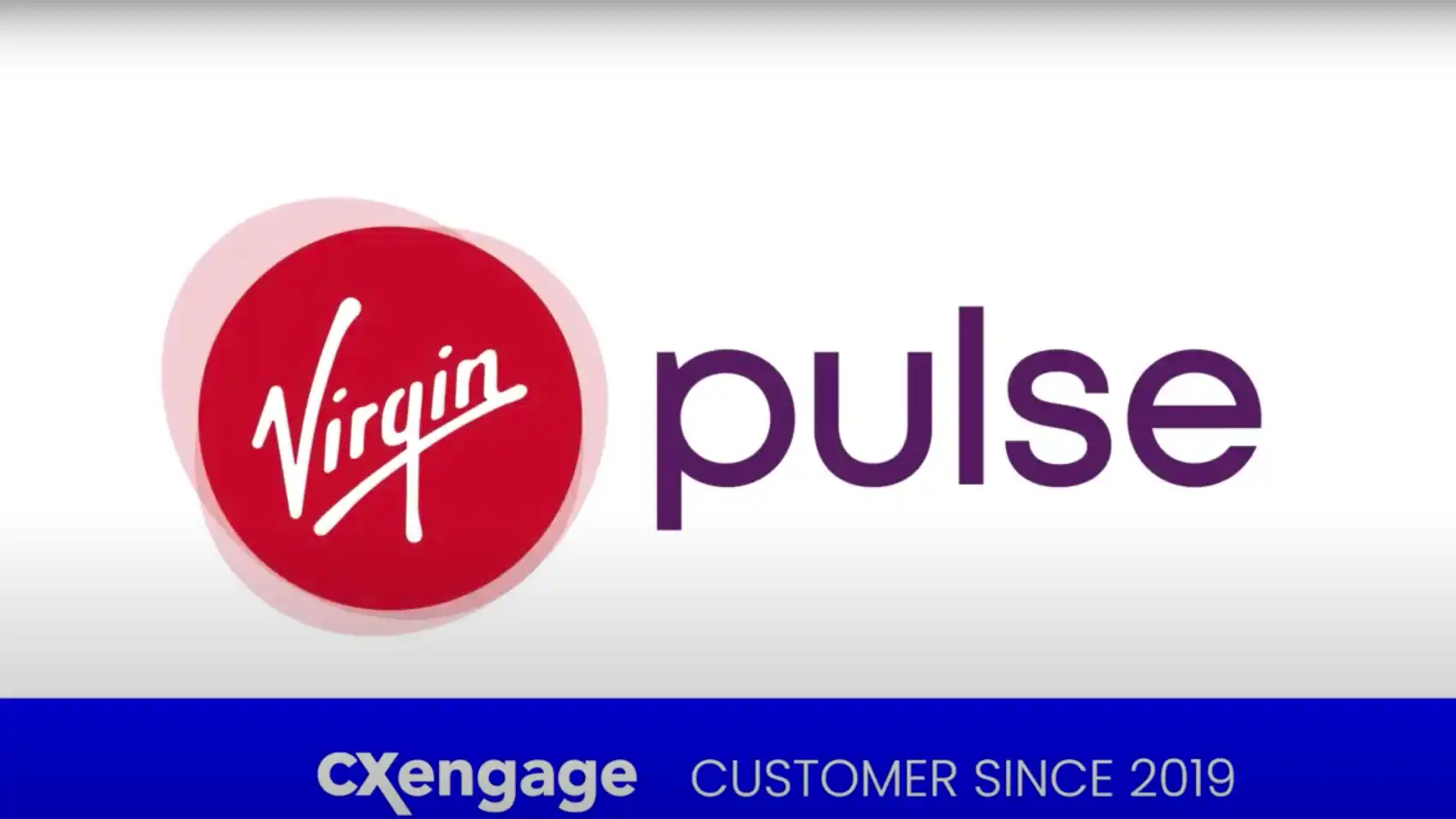The COVID-19 pandemic forced most organizations to fast-track digital transformation initiatives, and no line item shot to the top of the priority list quite like video and digital collaboration. As leaders reevaluate their employees’ work environments, they have to account for how much more revenue-generating business is happening digitally. At the same time, they have to respect the fact that the social fabric of their organizations has changed due to reduced in-person interaction.
We call this intersection of professional and personal digital interaction the Human Enterprise — a subject we’re exploring in this series from CMO Josh Kivenko. Read the first piece on “Building the Capacity for Hybrid Work” here and the second on “Evolving Video Tools for Modern Work” here. In this third installment, Josh outlines the bifurcation of communications solutions that will lead to a future where everyone’s digital workspace is interoperable.
People do well in their comfort zones. We’ve learned this truth over the last year, as many of us transformed our routines and homes to create a more comfortable work environment. Through trial and error, by now most of us have figured out the best way to function in the “next normal.”
But I’d suggest that we don’t pay nearly enough attention to our digital comfort zones. Designers thrive in Illustrator; sales functions optimally in Salesforce; developers excel in Jira; healthcare providers practically live in Epic. We all prefer to work within the apps and digital toolsets we’re familiar with — we spend time meticulously customizing them and learning their shortcuts so we can become more efficient and effective each day. When digital communication and collaboration tools like video conferencing aren’t interoperable with these mainstays, the comfort zone is often broken open and the intangible benefits we gain from working within our preferred environments evaporate. The interruptions of switching back and forth between our core workflow apps and communications apps are just another form of multitasking, which research shows results in suboptimal productivity, compounding a corporate productivity gap that has already widened during the pandemic.
It doesn’t have to be like this. As digital and video collaboration evolve, interoperability will be a major emerging theme. At Lifesize, we already see video communication as an embedded workflow rather than a standalone capability, but the conversation is larger than that. Interoperability can help us communicate and collaborate more effectively, efficiently and authentically, both inside and outside our organizations.
How interoperability drives better collaboration
The pivot to remote and hybrid work means revenue-generating activities will further shift from the boardroom to the proverbial living room. When digital tools are interoperable — allowing us to use the modes, business systems and workflows we are most familiar with to collaborate with others — teams gain several advantages:
Compounded comfort and authenticity
When teams collaborate within the environment they use every day, more authentic conversations and creative ideas tend to occur. We are too often asked to step outside these environments to accommodate a client’s preference or a solution that isn’t compatible with a certain communications suite. But when video conferencing, for example, integrates with and lives within our preferred tools, there’s no interruption to our comfort zone.
What this looks like: Marketing teams can meet and plan their week right within Trello, or candidates for a new position can interview using the video app they are most comfortable with, right inside Indeed.
Seamless communication experiences
Knowledge workers currently hop between three or more communications and collaboration solutions during any given day, both within the confines of their organizations and teams as well as with external customers, partners and vendors. To mitigate that potential chaos, we need the applications and accompanying hardware we rely on for communication to deliver a seamless experience, regardless of the particular platform any involved party prefers.
What this looks like: Within a conference room setting or while working from home, employees can swiftly toggle between communications apps of choice without impacting meeting quality, connectivity or ease of use.
Accelerated efficiency
Our comfort zones don’t just make us happier, they make us more efficient and better equipped to do our jobs. When seamless interoperability is present in our business applications, we can use the tools we know best to make meetings shorter and decisions faster. When collaboration goes beyond just video or whiteboarding, we get more done.
What this looks like: A designer can allow a client to cycle through different color swatches and watch them update a logo in real time. A dermatologist can overlay photos on a video feed of a remote patient’s skin while accessing medical records to diagnose a condition.
Fresh opportunities for innovation
We’ve all experienced a situation where we’ve abandoned a good idea or an interesting project because the teams that needed to be involved just couldn’t communicate effectively. Interoperability can create collaborative opportunities for teams that have never (or rarely) worked together before. When our tools and platforms can talk to each other more easily and we can collaborate with less friction, fewer market-moving ideas fall by the wayside.
What this looks like: Business development teams can more readily act on data by viewing customized dashboards while meeting with the sales and BI teams. An engineering group can directly connect with a manufacturer about product designs without leaving CAD software.
An interoperable foundation for the future of work
In many cases, interoperability is a core element to building the Human Enterprise. By allowing us to more comfortably collaborate using familiar technology tools, apps and business systems, communications interoperability helps employees become the best, most productive, efficient and innovative versions of their work selves. Looking to the not-so-far-off horizon, interoperability provides the foundation for other macrotrends, including hybrid work, time-based collaboration and the combining of unified communications and contact centers, all of which will be critical to the future of work as we know it.
Learn more about Lifesize communications solutions and how they prioritize interoperability.






